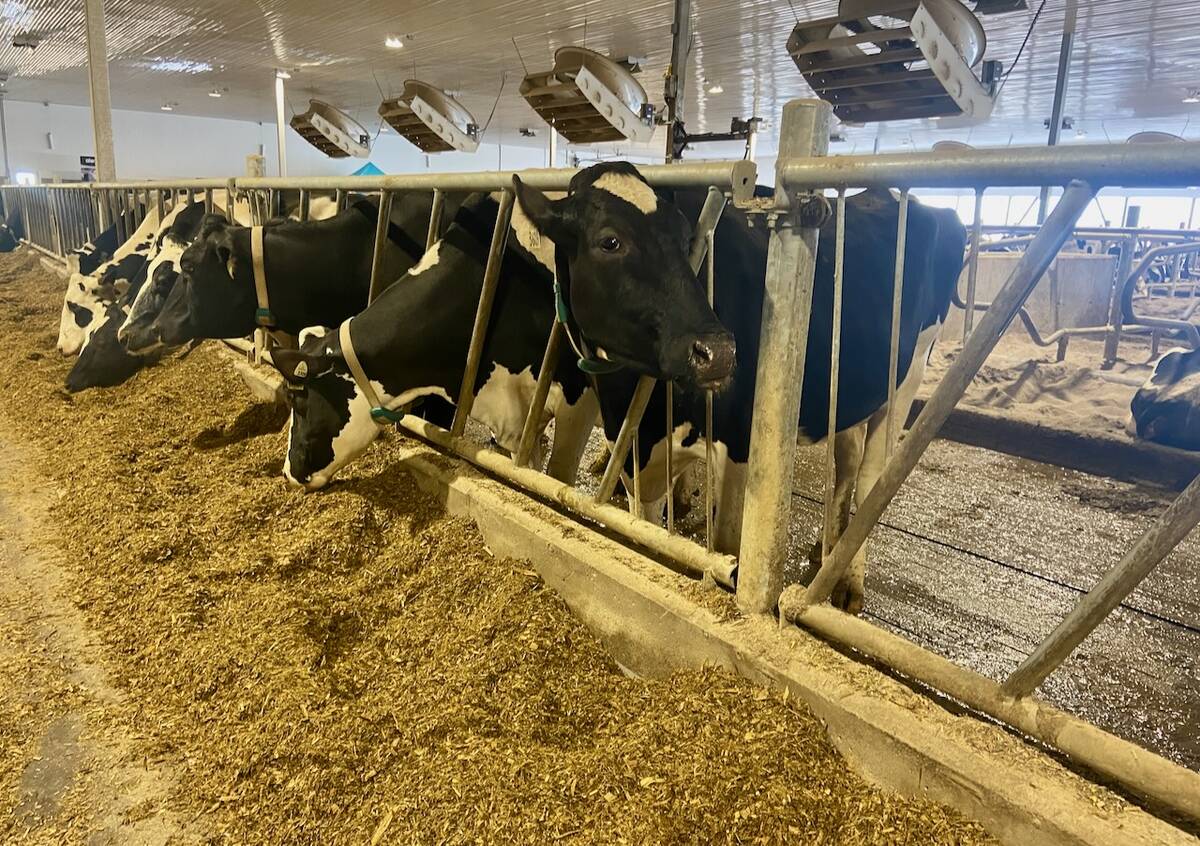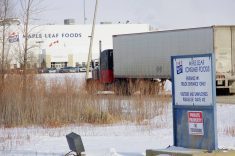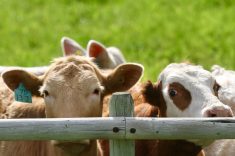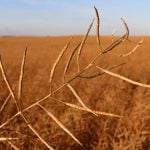RIMBEY, Alta. – After milking cows every day for 25 years, Armin
Mueller was ready for a career change.
“Armin was talking about a challenge with raising bison for 10 years.
Now he has his challenge,” said his wife Rita.
They sold their central Alberta dairy and replaced the 150 Holsteins
with bison two years ago. The Muellers now own 2,000 bison and market
18,000 kilograms of meat through Canadian Rangeland Bison based in
Rimbey.
Rangeland Bison was started to sell hormone-free beef and bison to
Read Also

U.S. farm group supports supply management
U.S. grassroots farm advocacy group pushing new agriculture legislation that would move towards supply management like Canada has for dairy industry
Europe but went bankrupt about a year and a half ago. Mueller took it
over to market his own buffalo meat.
The Muellers have an on-farm feedlot and contract other bison producers
to fill orders that are shipped by Rangeland into Europe, the United
States and Eastern Canada.
“We can’t keep up with the demand,” said marketing and promotion
manager Casey Howard.
Every cut of bison meat from roasts, steaks, ground meat and processed
products is available at their store in Rimbey. The rest is marketed
through wholesale distributors.
Location is a key. They are midway between Calgary and Edmonton and in
the middle of a major bison ranching area for the province.
“Alberta has half the bison in Canada and probably half of those are
right here in the Rimbey area,” said Mueller.
According to the 2001 livestock census from Agriculture Canada, Alberta
ranches 80,000 bison. Provincial slaughter numbers reached 11,091 with
about half killed in a federally inspected facility.
Rangeland started by killing about 40 animals a month when the Muellers
took over. Ninety were processed in May.
“We’ll kill another 90 this month and we’re looking at bumping that
number up to 150 in July,” said Howard.
Another challenge is finding an adequate, federally approved packing
facility. When Alsask Meats in Edmonton went bankrupt, they had to ship
the finished bulls to Bouvry’s Meats in Fort Macleod in the
southwestern corner of the province or to a plant in Moose Jaw, Sask.
Along with the other marketers in the province and the Alberta Bison
Commission, a number of promotions were initiated to introduce the meat
to consumers.
“Once they try it, they find they don’t have to acquire a taste to like
it,” said Howard.
When cooked properly, bison tastes similar to beef and does not carry a
wild game taste.
Mueller and Howard hope to see Alberta bison gain the same market
reputation as Alberta beef. They know they won’t dethrone beef.
The main market remains European countries like Germany because bison
is valued as a natural, hormone-free product with a western heritage.
Domestic promotions are under way with Federated Co-op and IGA in
Alberta.
Bison burgers are available at many butcher shops, and the meat
promoters are offering bison burgers at nearly every rodeo in Alberta
this summer.
Bison is also on the menu for the leaders of the G-8 nations when they
meet in Kananaskis at the end of June.















